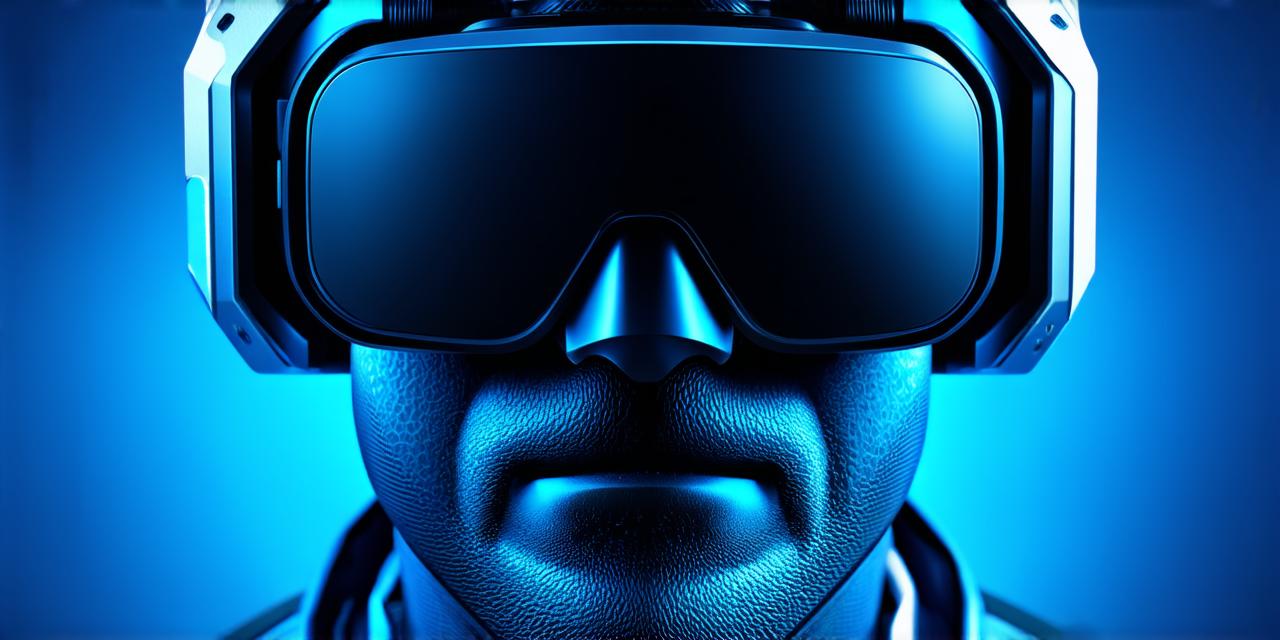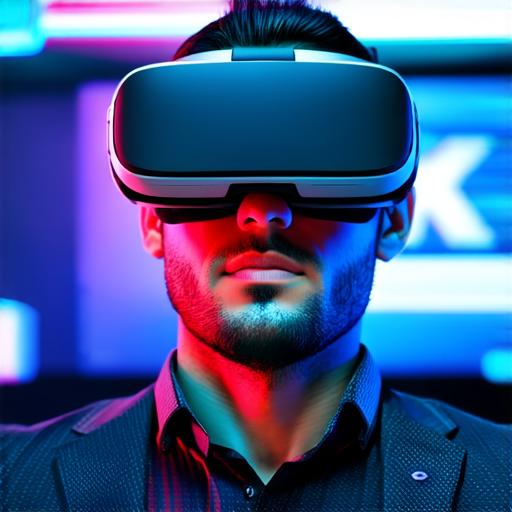
What is the purpose of virtual reality headsets?
Virtual reality (VR) headsets have gained immense popularity in recent years, with many people using them for various purposes.
However, some virtual reality developers may be wondering what the purpose of VR headsets is, and how they can be used effectively. In this article, we will explore the benefits and applications of VR headsets, and provide a comprehensive guide on their use.
The Purpose of Virtual Reality Headsets
Virtual reality headsets are designed to create an immersive experience for the user. They allow users to enter a virtual world, which is simulated in real-time using a variety of sensors and cameras. The purpose of VR headsets is to provide an interactive and engaging environment that can be used for various applications such as gaming, training, education, and more.
Benefits of Virtual Reality Headsets
Virtual reality headsets offer numerous benefits, including:
- Enhanced learning experiences: VR headsets allow users to experience real-world scenarios in a safe environment, which can lead to better learning outcomes. For example, medical students can use VR headsets to practice surgical procedures, while pilots can simulate flight scenarios to improve their skills.
- Improved training and simulation: Virtual reality headsets are used extensively in military, aviation, and other industries for training purposes. They allow trainees to experience real-world situations without the risk of injury or damage to equipment. For example, soldiers can use VR headsets to simulate battle scenarios and improve their strategic thinking skills.
- Increased engagement and motivation: Virtual reality headsets are highly engaging, and users often find themselves fully immersed in the experience. This high level of engagement can lead to increased motivation and a desire to learn more.
- Cost-effective: VR headsets are a cost-effective way to train employees or students, as they eliminate the need for expensive equipment and physical resources. In addition, virtual reality headsets can be used repeatedly, making them an attractive investment for businesses and organizations.
- Accessibility: Virtual reality headsets are accessible to people of all ages and backgrounds, making them a valuable tool for education and training in a variety of fields.

Applications of Virtual Reality Headsets
Virtual reality headsets have numerous applications across various industries, including:
- Gaming: Virtual reality headsets are widely used in the gaming industry to create immersive gaming experiences that transport users into virtual worlds.
- Education: Virtual reality headsets are used in education to provide interactive and engaging learning experiences. For example, history students can use VR headsets to experience ancient civilizations or biology students can use them to explore the human body.
- Training: Virtual reality headsets are widely used in military, aviation, and other industries for training purposes. They allow trainees to experience real-world situations without the risk of injury or damage to equipment.
- Healthcare: Virtual reality headsets are used in healthcare to provide pain management and therapy sessions. For example, VR headsets can be used to treat phobias such as fear of heights or public speaking.
- Tourism: Virtual reality headsets are used in tourism to allow users to experience travel destinations virtually. This can be particularly useful for people who cannot afford to travel to these locations or have mobility issues.
In conclusion, virtual reality headsets serve a purpose beyond just gaming. They offer numerous benefits and applications across various industries, including education, training, healthcare, and tourism. Virtual reality headsets are accessible to people of all ages and backgrounds, making them a valuable tool for learning and personal development. As technology continues to evolve, we can expect virtual reality headsets to become even more advanced and versatile, opening up new possibilities for their use.


